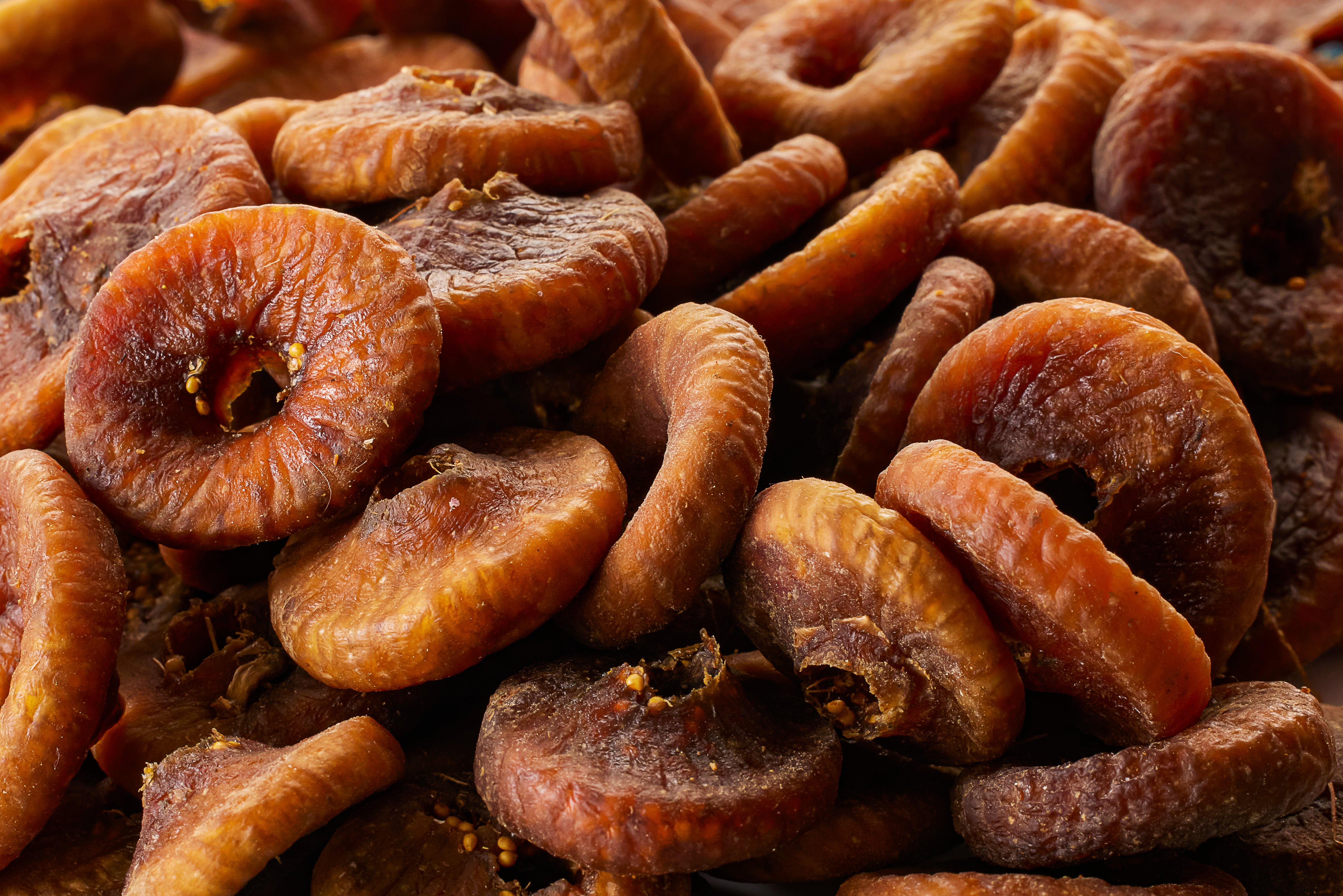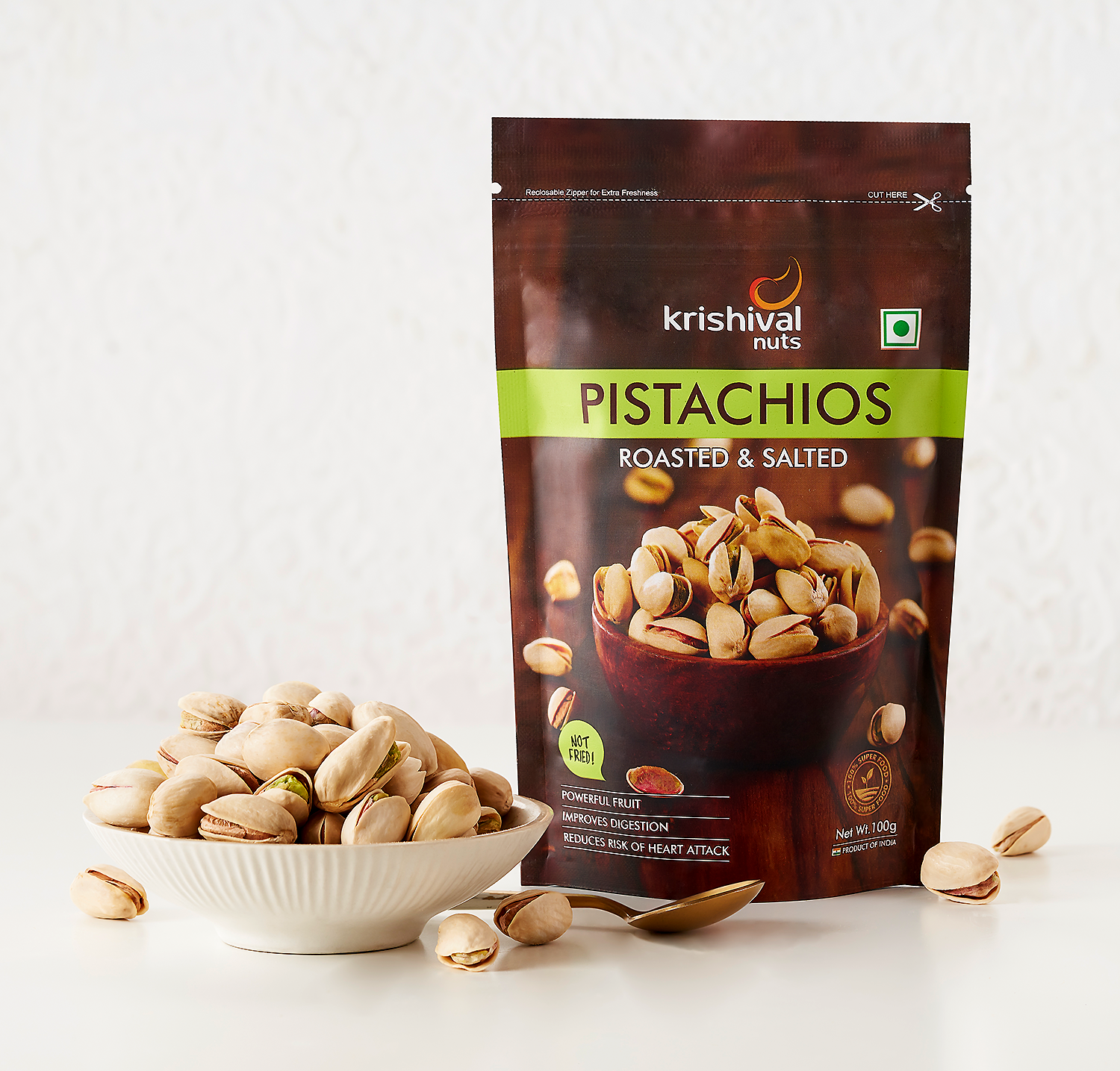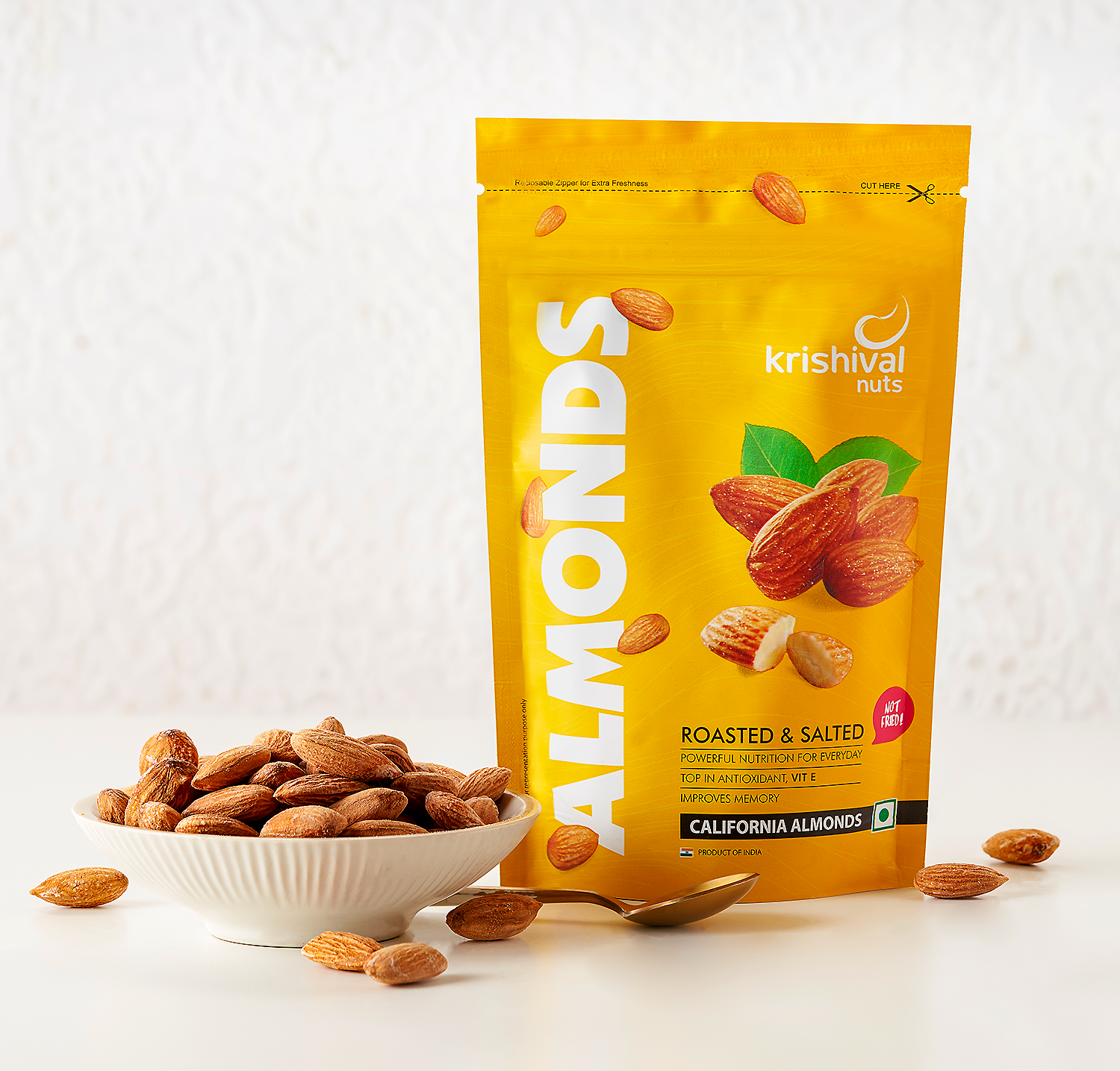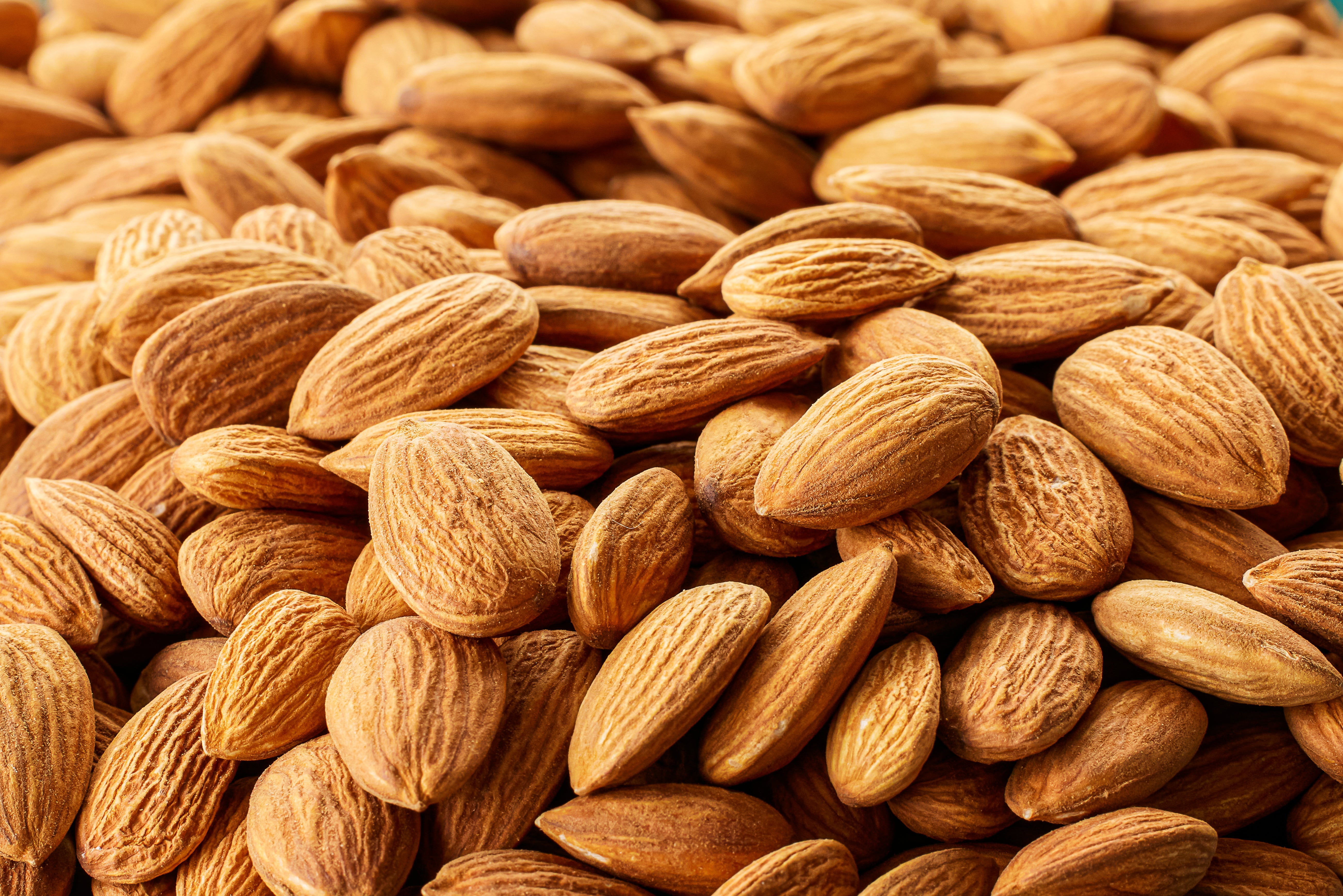Nuts have long been celebrated as a nutritious snack, rich in healthy fats, vitamins, minerals, and antioxidants. Among the vast variety of nuts available, hazelnuts and macadamia nuts stand out for their unique flavors and impressive health benefits. Combining these two nuts in your diet can provide a powerful nutritional boost, supporting everything from heart health to brain function.
Hazelnuts, often referred to as filberts, are known for their rich, earthy taste and high content of vitamin E, fiber, and monounsaturated fats. Macadamia nuts, prized for their creamy texture and buttery flavor, are packed with healthy fats and minerals that promote cardiovascular and metabolic wellness.
Let us explore the nutritional profiles of both hazelnuts and macadamia nuts in detail, shedding light on how their combined consumption can offer synergistic benefits. Whether you’re a health enthusiast, someone looking to improve your diet, or simply a nut lover, understanding the value these nuts bring can help you make informed choices and enjoy their benefits to the fullest.
Table of Contents
- Introduction
- Nutritional Profiles of Hazelnuts and Macadamia Nuts
- Key Vitamins and Minerals in Hazelnuts and Macadamia Nuts
- Healthy Fats and Their Role in Wellness
- Antioxidant and Anti-Inflammatory Properties
- Heart Health Benefits of Hazelnuts and Macadamia Nuts
- Blood Sugar and Diabetes Management
- Brain and Cognitive Health Support
- Comparing Hazelnuts and Macadamia Nuts to Other Nuts
- Practical Ways to Combine Hazelnuts and Macadamia Nuts in Your Diet
- Potential Risks and Considerations
- Conclusion
- FAQs
Nutritional Profiles of Hazelnuts and Macadamia Nuts
Both hazelnuts and macadamia nuts are nutrient-dense foods that provide a variety of essential nutrients beneficial for overall health. Here’s a closer look at what each nut offers:
Hazelnuts
Hazelnuts are rich in calories but provide a balanced mix of macronutrients and micronutrients that support various bodily functions. In a 28-gram serving (about 21 nuts), hazelnuts contain approximately:
- Calories: 178
- Protein: 4.2 grams
- Fat: 17 grams (primarily monounsaturated fats)
- Carbohydrates: 4.7 grams
- Fiber: 2.7 grams
- Vitamin E: 21% of the Recommended Daily Intake (RDI)
- Magnesium: 12% of RDI
- Copper: 25% of RDI
- Manganese: 87% of RDI
Hazelnuts are an excellent source of antioxidants, particularly vitamin E and phenolic compounds, which help reduce oxidative stress and inflammation. Their high monounsaturated fat content supports heart health by improving cholesterol profiles. Additionally, their dietary fiber promotes digestive health and helps maintain steady blood sugar levels.
Macadamia Nuts
Macadamia nuts, while similar in caloric density, have a slightly different nutrient composition. A 28-gram serving (about 10-12 nuts) typically contains:
- Calories: 204
- Protein: 2.2 grams
- Fat: 21.5 grams (majority monounsaturated fats)
- Carbohydrates: 3.9 grams
- Fiber: 2.4 grams
- Thiamine (Vitamin B1): 9% of RDI
- Magnesium: 9% of RDI
- Manganese: 58% of RDI
- Iron: 6% of RDI
Macadamia nuts are notable for their very high monounsaturated fat content, which can help reduce LDL cholesterol and promote cardiovascular health. They also provide essential minerals like manganese, which supports bone health and metabolic processes. The moderate fiber content supports gut health and digestion.
Combined Nutritional Benefits
Together, hazelnuts and macadamia nuts create a nutrient-rich combination that offers a diverse array of vitamins, minerals, and healthy fats. Their complementary profiles mean that eating them together can help you achieve a wider range of nutritional benefits, from antioxidant protection to improved metabolic health.
Key Vitamins and Minerals in Hazelnuts and Macadamia Nuts
Hazelnuts and macadamia nuts both offer an impressive array of vitamins and minerals that support overall health. Hazelnuts are particularly rich in vitamin E, an antioxidant that protects cells from oxidative damage and supports skin health. They also provide significant amounts of B vitamins such as folate and thiamine, which play key roles in energy metabolism and brain function. Minerals like magnesium, copper, and manganese are abundant in hazelnuts and contribute to bone health and enzymatic reactions.
Macadamia nuts, while lower in vitamin E compared to hazelnuts, are excellent sources of thiamine (vitamin B1), which helps convert food into energy. They also contain magnesium and manganese, important for nerve function and antioxidant defense. Both nuts contain potassium, supporting muscle and heart function. The complementary vitamin and mineral profiles make their combination nutritionally balanced and beneficial.
Healthy Fats and Their Role in Wellness
Both hazelnuts and macadamia nuts are rich in healthy fats, which are essential for maintaining cell structure, hormone production, and energy supply. Hazelnuts contain mostly monounsaturated fats, particularly oleic acid, which has been shown to reduce LDL cholesterol (“bad” cholesterol) and increase HDL cholesterol (“good” cholesterol). These fats support cardiovascular health by improving blood vessel function and reducing inflammation.
Macadamia nuts are notable for their very high content of monounsaturated fats, including palmitoleic acid, which is less common in other nuts. This fatty acid has been linked to anti-inflammatory effects and improved lipid profiles. Additionally, the fats in these nuts promote brain health by supporting the myelin sheath that protects nerve fibers and aid in absorbing fat-soluble vitamins.
Antioxidant and Anti-Inflammatory Properties
Hazelnuts are a powerhouse of antioxidants, including vitamin E, phenolic compounds, and flavonoids. These compounds neutralize free radicals, reducing oxidative stress and lowering the risk of chronic diseases such as cancer and heart disease. The anti-inflammatory properties of hazelnuts help modulate immune response and protect blood vessels from damage.
Macadamia nuts also contain antioxidants like tocotrienols (a form of vitamin E) and flavonoids, which contribute to their anti-inflammatory benefits. Their unique fatty acid profile reduces markers of inflammation in the body. Combining these nuts can provide a synergistic antioxidant effect, enhancing your body's defense against oxidative damage and inflammation.
Heart Health Benefits of Hazelnuts and Macadamia Nuts
Regular consumption of hazelnuts and macadamia nuts has been associated with improved heart health. The monounsaturated fats in both nuts help reduce LDL cholesterol and triglycerides while maintaining or boosting HDL cholesterol. This lipid balance reduces the risk of atherosclerosis and coronary artery disease.
In addition, the magnesium and potassium in these nuts support healthy blood pressure regulation. Their antioxidants prevent oxidation of LDL cholesterol, a key step in plaque formation within arteries. Studies suggest that including these nuts in your diet can lower the risk of heart attacks and stroke, making them heart-healthy snack choices.
Blood Sugar and Diabetes Management
Hazelnuts and macadamia nuts have a low glycemic index and are rich in fiber and healthy fats, which help regulate blood sugar levels. The fiber slows digestion and glucose absorption, preventing blood sugar spikes after meals. The monounsaturated fats improve insulin sensitivity, an important factor in diabetes management.
Furthermore, magnesium, found abundantly in both nuts, plays a crucial role in glucose metabolism and insulin action. Include these hazelnuts as part of a balanced diet can support stable blood sugar levels and may reduce the risk of type 2 diabetes development.
Brain and Cognitive Health Support
The healthy fats, vitamins, and minerals in hazelnuts and macadamia nuts contribute significantly to brain health. Vitamin E, especially abundant in hazelnuts, protects brain cells from oxidative damage linked to cognitive decline. B vitamins like thiamine and folate support neurotransmitter synthesis and energy metabolism essential for cognitive functions.
Macadamia nuts provide palmitoleic acid and other monounsaturated fats that support neuron membrane integrity and synaptic function. Together, these nuts help improve memory, focus, and may lower the risk of neurodegenerative diseases such as Alzheimer’s.
Comparing Hazelnuts and Macadamia Nuts to Other Nuts
Compared to other popular nuts like almonds and walnuts, hazelnuts and macadamia nuts have unique nutrient profiles. Hazelnuts are particularly high in vitamin E and folate, while macadamia nuts have the highest monounsaturated fat content among nuts. Almonds offer more protein and calcium, and walnuts are richer in omega-3 fatty acids.
This diversity means that combining hazelnuts and macadamia nuts offers a distinct set of health benefits, particularly for cardiovascular and brain health, that complement other nuts. Including a variety of nuts can maximize nutrient intake and health outcomes.
Practical Ways to Combine Hazelnuts and Macadamia Nuts in Your Diet
Incorporating both nuts into your daily diet is easy and delicious. Sprinkle chopped hazelnuts and macadamia nuts on oatmeal, yogurt, or salads for added crunch and nutrition. Blend them into smoothies or homemade nut butters for creamy texture and flavor. Use them in baking recipes, such as muffins or energy bars, for a healthy twist.
For a quick snack, mix equal parts roasted hazelnuts and macadamia nuts with dried fruits for a nutritious trail mix. You can also use ground nuts as a coating for fish or chicken to boost your meal’s nutrient content. Experimenting with these nuts in various forms ensures you enjoy their benefits consistently.
Potential Risks and Considerations
While hazelnuts and macadamia nuts are generally safe for most people, some considerations apply. Both nuts are calorie-dense, so portion control is essential to avoid unwanted weight gain. Individuals with nut allergies must avoid them completely to prevent severe allergic reactions.
Macadamia nuts may be toxic to dogs, so pet owners should keep them out of reach. Also, roasted nuts sometimes contain added salt or oils, which may diminish their health benefits. Choosing raw or dry-roasted unsalted varieties is preferable for maximum nutrition.
Conclusion
Combining hazelnuts and macadamia nuts provides a unique nutritional synergy that supports heart health, brain function, blood sugar regulation, and overall wellness. Their rich supply of healthy fats, vitamins, minerals, and antioxidants makes them excellent additions to a balanced diet. Incorporating these nuts in various delicious ways can help you enjoy their benefits regularly. For high-quality nuts and reliable delivery, Krishival offers premium hazelnuts and macadamia nuts that can seamlessly enhance your healthy eating routine.
FAQs
-
What are the main nutritional differences between hazelnuts and macadamia nuts?
Hazelnuts are richer in vitamin E, folate, and protein, while macadamia nuts have a higher monounsaturated fat content and provide more thiamine.
-
How do hazelnuts and macadamia nuts support heart health?
They contain healthy fats that improve cholesterol levels, antioxidants that reduce inflammation, and minerals that help regulate blood pressure.
-
Are these nuts suitable for people with diabetes?
Yes, their fiber and healthy fats help stabilize blood sugar and improve insulin sensitivity.
-
Can combining hazelnuts and macadamia nuts help with weight management?
Moderate consumption can promote satiety and reduce overeating, but portion control is essential due to their calorie density.
-
What is the recommended daily serving size for each nut?
A typical serving is about 28 grams (one ounce) or roughly a small handful per day.
-
Are there any allergy concerns with hazelnuts or macadamia nuts?
Yes, individuals with nut allergies should avoid these nuts as they can cause allergic reactions.
-
How can I incorporate both nuts into my meals and snacks?
Use them as toppings, in smoothies, nut butters, baking, or as part of trail mixes.
-
Do hazelnuts and macadamia nuts offer benefits for skin and hair health?
Yes, vitamin E and antioxidants support skin hydration, elasticity, and hair strength.
-
How do these nuts compare to almonds or walnuts nutritionally?
Hazelnuts and macadamia nuts provide more vitamin E and monounsaturated fats, while almonds offer more protein and walnuts have more omega-3 fatty acids.
-
Are roasted or raw nuts better for health benefits?
Raw or dry-roasted unsalted nuts retain more nutrients; avoid heavily salted or oil-roasted nuts for optimal health.












